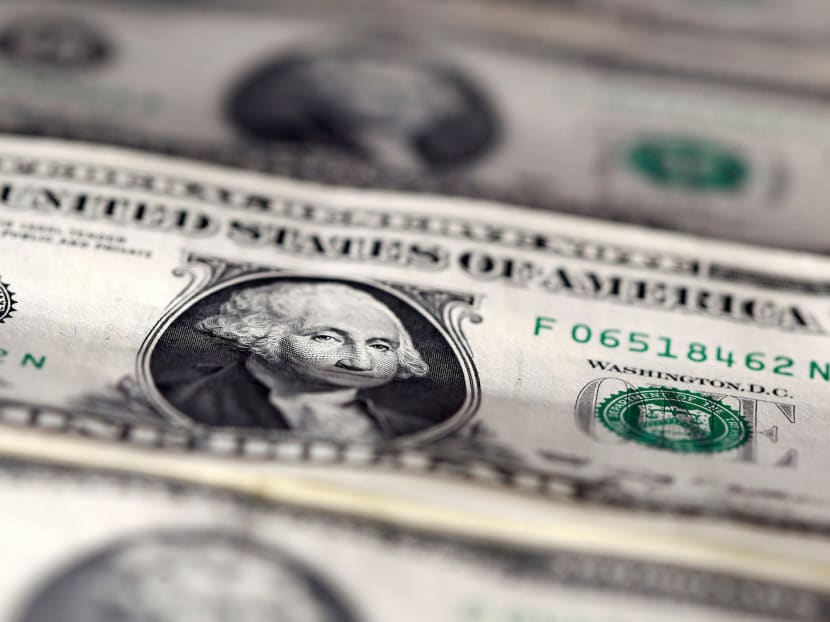US Fed hike will hit Singapore home loan customers
SINGAPORE – While the three-month Singapore Interbank Offered Rate (Sibor) has declined since January, analysts expect the benchmark rate to which most residential property loans are pegged to double by the end of 2017. The increase is in line with the expected rate hikes by the United States Federal Reserve this year.
SINGAPORE – While the three-month Singapore Interbank Offered Rate (Sibor) has declined since January, analysts expect the benchmark rate to which most residential property loans are pegged to double by the end of 2017. The increase is in line with the expected rate hikes by the United States Federal Reserve this year.
Not only will consumers see their mortgages rise, companies will also find it harder to service their debts, in the midst of a slower economy with a deteriorating job market, said analysts.
In a move widely expected, the Fed hiked rates by 25 basis points early yesterday, Singapore time, to a range of 0.75 per cent to 1 per cent for the second time in three months. The move sends a strong signal that the Fed remains committed to its stance of executing gradual and multiple rate increments in coming years.
The Fed forecasts two additional hikes this year, unchanged from the previous forecast in December.
Yesterday, the three-month Sibor hovered at 0.942 per cent, compared with 0.940 per cent a week earlier. Economists expect the benchmark to rise to between 1.45 and 1.85 per cent by the end of this year.
The three-month Swap offer rate (Sor), a benchmark for commercial loans, was at 0.907 per cent on Wednesday, up from 0.890 per cent a week ago.
“The contributing factor to the rise in Sibor and Sor for this year is the rise in Libor, which is due to the expectations of two more rate hikes this year,” said UOB economist Francis Tan. Libor, or the London Interbank Offered Rate, is a benchmark rate that some of the world’s leading banks charge one another for short-term loans.
ANZ economist Ng Weiwen added: “Front-end interest rates like Sibor are likely to rise when the US dollar strengthens against the Singapore dollar. Banks would have to raise interest rates to equalise.”
The three-month Sibor kicked off last year at 1.2 per cent and hovered around 1 per cent from April to June before falling to its current levels around 0.9 per cent. The benchmark had eased from 0.96 per cent in January to 0.94 per cent in recent weeks.
The decline from January to March this year is due partly to a stronger Singapore dollar and better economic data attributable to the growth in electronics manufacturing and exports, said Mr Tan.
CIMB economist Song Seng Wun added that uncertainty towards the US economy, and doubts in the resilience of US consumer spending also contributed to the easing.
Going forward, the increase in Sibor is likely to cause a strain to borrowers, Mr Tan noted. “The cost side for consumers is going up, as they feel the impact of the rise in interest rates for their mortgages, especially now with the rise in resident jobless rate and weak consumer sentiment on economic growth,” he said.
The annual average unemployment rate climbed to 3 per cent last year, after hovering around 2.8 per cent for four years, the Ministry of Manpower’s 2016 labour market report showed this week. “It is inevitable for local rates to move up,” Mr Song said. “The three-month Sibor and Sor are likely to return to the rates we saw early last year. ”







